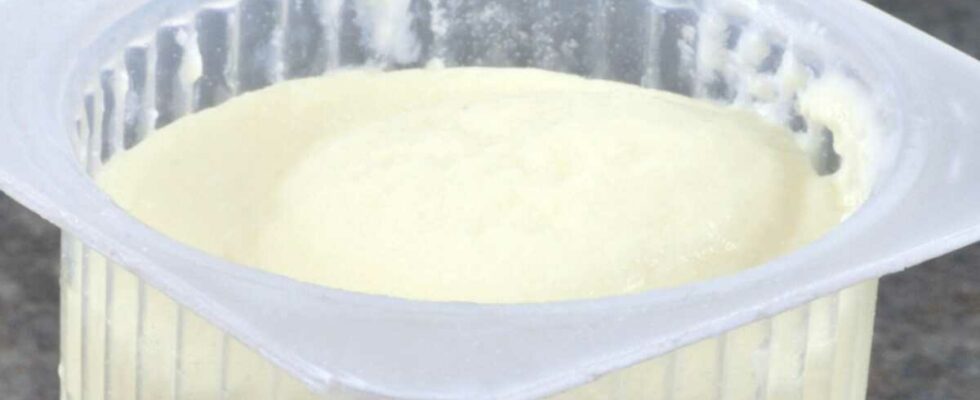THE little Swiss, it’s a childhood memory for many of us. When we were little, it was the ritual at the end of the meal. We headed to the fridge to grab our favorite fromage blanc before sitting down again and enjoying it plain or with a little sugar for the more gourmands among us. Then came the ritual: unmolding then unrolling. But in fact, why are the little Swiss people wrapped in paper ? There is a very simple explanation for this.
Little Swiss: why are they wrapped in paper?
At the beginning of their manufacture, the petit-suisses were rolled up in a thin strip of paraffin paper, designed in 1828 by Etienne Pommel, which encouraged the evaporation of water and allowed better preservation. Placed by 6 or 12 in wooden boxes, this strip of paper prevented the little Swiss from sticking togetherand sell them in pairs if necessary more easily.
Quickly marketed in small cardboard boxes (which can still be found today), these fresh cheeses were then sold in individual plastic pots, always wrapped in paper. Treated with calcium sorbate (natural preservative from ash fruit), this packaging prevents the development of mold. By absorbing part of the whey, the petit-suisse paper maintains relative humidity all around, guaranteeing its softness.
Petit-suisse is actually French
This fresh cheese does indeed seem to be the victim of an identity disorder, because it is Swiss, almost in name only. It all began in the middle of the 19th century, on a farm in Pays de Bray, in Villers-sur-Auchy. It is there, at the heart of Normandy, where these little bungs were born (or bondars). One day, a cowherd, from the Swiss canton of Vaud, suggested to Madame Herould, an employee of the farm, the idea of adding a few good ladles of cream at the beginning of production, and not at the end, as is customary. done until then. These cylinders thus took the name of petit-suisse.
However, it is Mr. Charles Gervais who is recognized for his talent for discovering it. Indeed, in 1850, while working for an agent at the Halles de Paris, he tasted this tasty white cheese for the first time. He then went to Villers-sur-Auchy to negotiate the exploitation rights.
Regulations govern the manufacture of petit-suisse
Petit-suisse is a cheese defined by Decree No. 2007-628 relating to cheeses. It specifies that petit-suisse must be obtained with cow’s milk enriched with cream. It must be cylindrical in shape with a weight of 30 g or 60 g. Its fat content expressed in relation to the dry extract as well as the minimum dry extract are regulated. On the market, we mainly find petit-suisses weighing 60 g with a minimum of 40% fat on dry matter.
